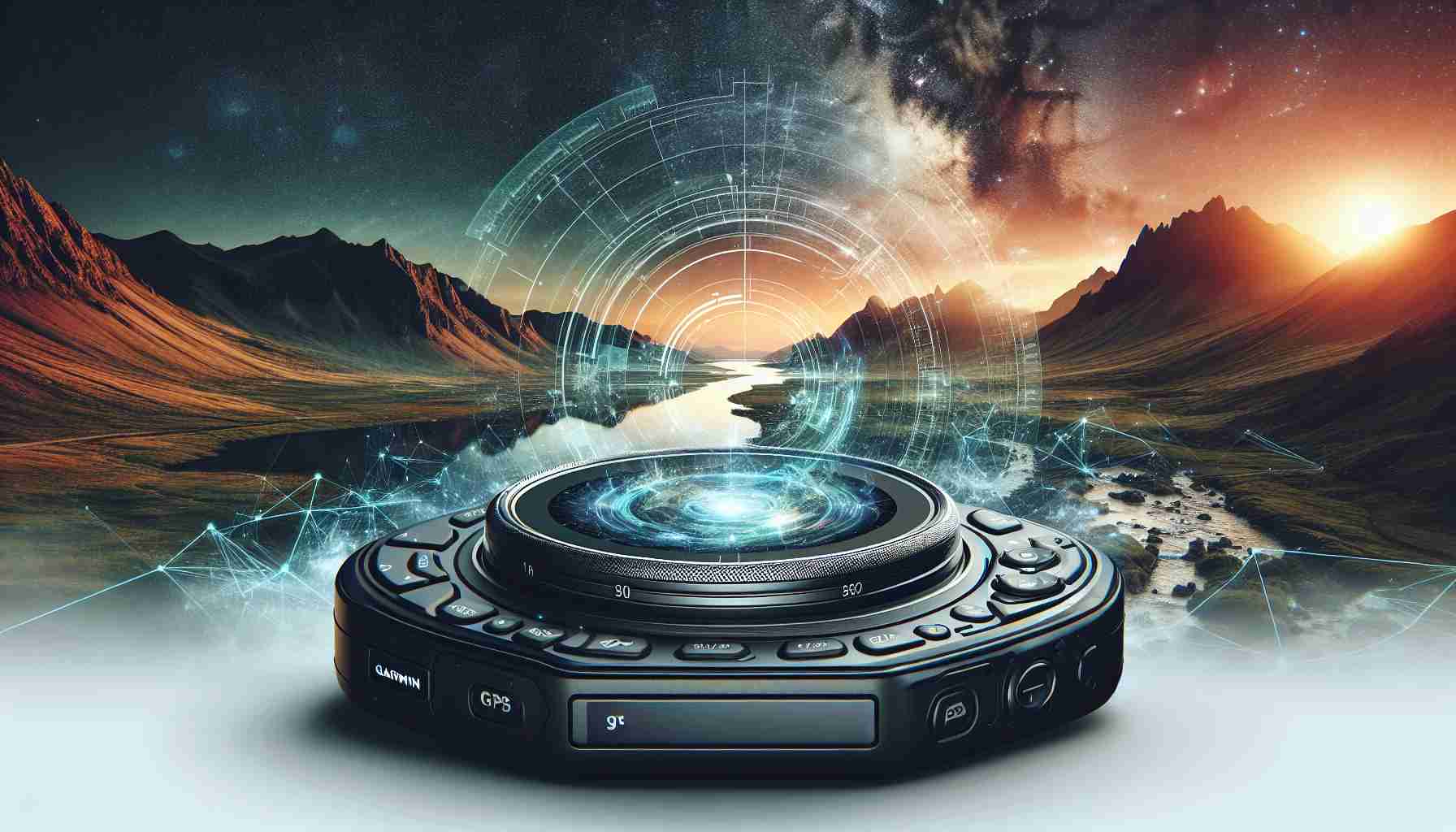Garmin Leads the Way in Navigational Innovations
Founded in 1989 with its headquarters nestled in Schaffhausen, Switzerland, Garmin has become synonymous with GPS technology. Originally a duo of Gary Burrell and Dr. Min Kao, the company materialized from their shared vision. Now, Garmin has expanded into a multi-faceted enterprise that transcends mere automotive GPS units, venturing into aviation, marine, and even the competitive field of wearable technology.
Known for its commitment to durability and quality, Garmin’s product range includes advanced navigational devices designed for pilots and seafarers. This has established the company as a trusted name in the demanding realms of aviation and marine navigation. Their versatile approach also embraces the fitness industry with a line of smartwatches and activity trackers geared towards athletes and outdoor enthusiasts. This diversification not only demonstrates Garmin’s innovative prowess but also showcases their ability to adapt to different market needs.
The essence of Garmin’s philosophy resides in enhancing user experience through constant product evolution. With the intention to simplify and enrich lives, the company invests heavily in research and development. This ensures each Garmin device is not just a tool but also an indispensable companion that complements the user’s lifestyle, be it in conquering skies, exploring vast oceans, or achieving fitness goals.
By adapting to the changing technological landscape, Garmin has solidified its position as a leader in GPS innovation, delivering unrivaled reliability to users who depend on precision and quality.
Facts Relevant to Garmin’s Pioneering in GPS Technology
– Garmin was one of the first companies to utilize Global Positioning System technology for consumer products.
– Garmin’s GPS devices played a crucial role in popularizing personal navigation for outdoor activities like hiking, flying, and boating.
– The company’s aviation GPS units are widely used in the aviation industry and are considered by some to be among the most reliable navigational tools for pilots.
– Garmin has been a leader in developing and incorporating wearable technology with GPS capabilities, such as fitness trackers and smartwatches that cater to athletes and outdoor enthusiasts.
– Garmin is publicly traded on the NASDAQ stock exchange under the ticker symbol GRMN.
– As autonomous driving technologies evolve, Garmin may face new challenges and opportunities in integrating their GPS products with self-driving vehicle systems.
Key Questions and Answers
– Q: How has Garmin maintained its market position in the GPS industry?
– A: Garmin has maintained market leadership by continuous innovation and diversification of its product line to cater to various industries, including aviation, marine, and consumer fitness.
– Q: What challenges does Garmin face in the GPS technology landscape?
– A: Garmin faces challenges from the rapid pace of technological change, competition from other tech companies, the integration of GPS capabilities into smartphones, and the development of alternative navigation technologies.
Main Challenges and Controversies
– Market Competition: With smartphones integrating advanced GPS and the rise of new tech companies, Garmin faces stiff competition.
– Technological Advancement: Continuous innovation is necessary to stay ahead in the GPS market, requiring significant investment in R&D.
– Privacy Concerns: As with all GPS-enabled devices, there are concerns over user privacy and the potential for misuse of location data.
Advantages and Disadvantages of Garmin’s GPS Technology
Advantages:
– Reliability: Garmin’s dedication to quality ensures their devices are dependable.
– Diversification: A broad product range caters to various sectors, reducing reliance on a single market.
– Innovation: Continuous development has led to pioneering features in the wearable and navigational devices market.
Disadvantages:
– Cost: Quality and technological advancement may lead to higher costs, potentially pricing out some consumers.
– Competition: Widespread availability of GPS technology in smartphones challenges Garmin’s traditional units’ necessity.
– Overdependence on Satellites: GPS systems rely on signals from satellites, which may be disrupted, leading to potential reliability issues in certain conditions or environments.
For those interested in learning more, a visit to Garmin’s main website can provide further information: Garmin Official Site. Please ensure you verify the URL as correct, as the validity of the link cannot be guaranteed post the known cutoff date.
